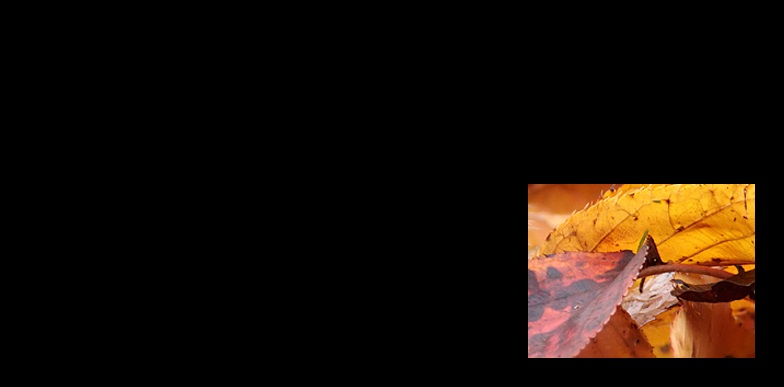here is my code adopted from squares.cpp. it finds appropriate quad areas and crop them.
#include "opencv2/imgproc/imgproc.hpp"
#include "opencv2/highgui/highgui.hpp"
#include <iostream>
using namespace cv;
using namespace std;
// helper function:
// finds a cosine of angle between vectors
// from pt0->pt1 and from pt0->pt2
static double angle( Point pt1, Point pt2, Point pt0 )
{
double dx1 = pt1.x - pt0.x;
double dy1 = pt1.y - pt0.y;
double dx2 = pt2.x - pt0.x;
double dy2 = pt2.y - pt0.y;
return (dx1*dx2 + dy1*dy2)/sqrt((dx1*dx1 + dy1*dy1)*(dx2*dx2 + dy2*dy2) + 1e-10);
}
// returns sequence of squares detected on the image.
// the sequence is stored in the specified memory storage
static void findSquares( const Mat& image, vector<vector<Point> >& squares , bool inv=false)
{
squares.clear();
Mat gray,gray0;
vector<vector<Point> > contours;
cvtColor(image,gray0,COLOR_BGR2GRAY);
gray = gray0 >= 240;
if (inv)
gray = gray0 <= 10;
// find contours and store them all as a list
findContours(gray, contours, RETR_LIST, CHAIN_APPROX_SIMPLE);
vector<Point> approx;
// test each contour
for( size_t i = 0; i < contours.size(); i++ )
{
// approximate contour with accuracy proportional
// to the contour perimeter
approxPolyDP(Mat(contours[i]), approx, arcLength(Mat(contours[i]), true)*0.02, true);
// square contours should have 4 vertices after approximation
// relatively large area (to filter out noisy contours)
// and be convex.
// Note: absolute value of an area is used because
// area may be positive or negative - in accordance with the
// contour orientation
if( approx.size() == 4 &&
fabs(contourArea(Mat(approx))) > 500 &&
isContourConvex(Mat(approx)) )
{
double maxCosine = 0;
for( int j = 2; j < 5; j++ )
{
// find the maximum cosine of the angle between joint edges
double cosine = fabs(angle(approx[j%4], approx[j-2], approx[j-1]));
maxCosine = MAX(maxCosine, cosine);
}
// if cosines of all angles are small
// (all angles are ~90 degree) then write quandrange
// vertices to resultant sequence
if( maxCosine < 0.3 )
squares.push_back(approx);
}
}
}
int main( int argc, char** argv )
{
vector<vector<Point> > squares;
Mat image = imread(argv[1], 1);
if( image.empty() )
{
cout << "Could not open or find the image" << endl ;
return -1;
}
findSquares(image, squares);
if (squares.empty())
findSquares(image, squares,true);
if (squares.empty())
{
cout << "Could not find any result" << endl ;
return -1;
}
// shows all the squares in the image
for( size_t i = 0; i < squares.size()-1; i++ )
{
Rect r=boundingRect( Mat(squares[i]));
Mat s= image(r);
stringstream temp_stream;
temp_stream << argv[1] << " - "<< i << ".jpg";
imwrite(temp_stream.str(),s);
imshow(temp_stream.str(),s);
}
waitKey(0);
return 0;
}



@zms: Share your input image as well.
I had attached my input image in the previous question... the one with black background and the image I want to crop is orange...
background color seems to be the color in top left corner (image.at(0, 0)). You can debug the probgram to see exactly what is going different than what you have expected; or you can just threshold the image and get the needed region by applying boundingRect on the contour found on the binary image.
@thdrksdfthmn, do u mean res &= (color == im.at<cv::vec3b>(0,i)); is the coding to select the color which is based on the top left image?
No, this
cv::Vec3b color = src.at<cv::Vec3b>(0,0);is setting the bg color as the tl cornerok thank @thdrksdfthmn .. will check one by one..